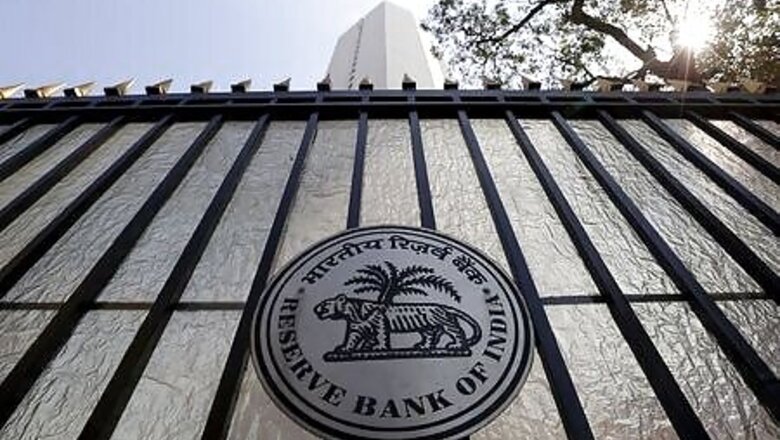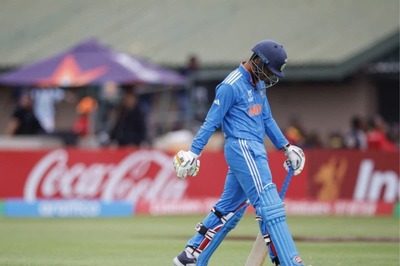
views
MUMBAI: Indian government consumption will support current economic demand while private consumption is likely to lead a recovery that takes hold after the coronavirus pandemic eases, the central bank said on Tuesday.
June-quarter GDP data set to be released at the end of August is expected to show a contraction of 20%, according to a Reuters poll.
“An assessment of aggregate demand during the year so far suggests that the shock to consumption is severe, and it will take quite some time to mend and regain the pre-COVID-19 momentum,” the Reserve Bank of India said in its annual report.
“Going forward, government consumption is expected to continue pandemic-proofing of demand.”
Private consumption will come back gradually with non-discretionary spending leading the way, until a durable increase in disposable incomes enables discretionary spending to catch up, the bank added.
“The upticks that became visible in May and June after the lockdown was eased in several parts of the country appear to have lost strength in July and August,” the bank said.
This weakening was mainly due to reimposition or tougher imposition of lockdowns, suggesting that contraction in economic activity was likely to be prolonged into the second quarter, it added.
Key downside risks to growth are wider pandemic spread, a deviation of seasonal monsoon rains from the predicted normal volume and global financial market volatility, the bank said.
It called for the banking sector to be freed of a risk aversion that is impeding the flow of credit to productive sectors and undermining banks’ role in the economy.
Despite a reduction in bad loans in March 2020, the banking system’s resilience will be tested by the economic fallout of the pandemic, since measures to alleviate it had masked the consequent build-up of stress in the system, the bank said.
“Against this backdrop, a recapitalisation plan for public and private sector banks assumes critical importance,” it added.
In a separate report, the RBI had warned that banks’ bad loans could nearly double by the end of this fiscal year, while the capital adequacy ratio could fall to 11.8% in a severely stressed situation.
The RBI’s balance sheet increased 30.02% by June 30, it added.
(Additional reporting by Nupur Anand, Manoj Kumar in New Delhi and Chris Thomas in Bangalore; Editing by Clarence Fernandez)
Disclaimer: This post has been auto-published from an agency feed without any modifications to the text and has not been reviewed by an editor




















Comments
0 comment